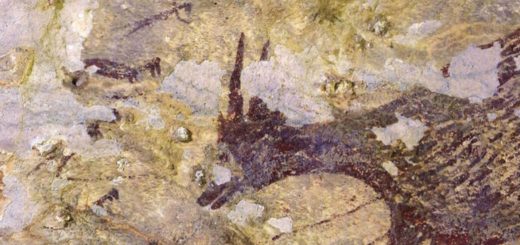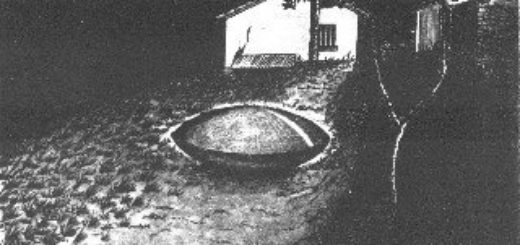Second Scientist to analyse Nazca Alien mummies says they are real

“At first sight, it looked like a normal body but looking closely at every body part we found could find several abnormalities. “For example, the head is bigger, it has wider eyes, a smaller nose, and it has no ears. It has fewer vertebrae that a common human…”
The alleged mummified remains discovered in Nazca Peru have created a massive debate among Alien believers, and researchers around the globe.
The scientific community was left awe-struck when UFO hunters and a group of researchers released a statement claiming they had come across the mummified remains of the mummified remains of several alien bodies at an undisclosed cave at Nazca, Peru.
Soon after the statement was made, the scientific community struck the claims and tagged the entire thing as a hoax, saying that the alleged mummies were in fact fabricated, and were never actually discovered.
These comments were made despite the fact that skeptical scientists never took a look at the mummies, nor did they analyze them thoroughly.
Nevertheless, as the scientific community stood up against the mummies, most people recognized they were probably a hoax, despite the fact that Mr. Jaime Maussan—a UFO researcher and journalist from Mexico—and his team provided evidence suggesting the mummified remains found in Peru were not ordinary human beings.
Now, months after the mummies were found and analyzed by independent laboratories around the globe, a second scientist has studied the bodies discovered in Peru and said that they are not a hoax.
Dr. Jose Benitez, a doctor of forensic medicine, and member of the team studying the alleged mummified remains has made shocking claims about the mysterious remains discovered in Peru.
Benitez is the second scientists to put his reputation at stake by saying that the mummified remains could in fact be aliens or a least a new species we haven’t encountered before on Earth.
The first scientists to make the same claims was Dr. Edson Vivancoa, a skeletal specialist, who concluded after studying the remains, they were not human.
However, DNA results suggest otherwise.
In fact, one set of DNA results found that the mummified remains were 100 percent Human, while other sets of DNA results showed inconclusive results.
Hence the confusion.
Both Dr. Vivancoa and Dr. Benitez are part of the group of researchers led by Mexican Investigative Journalist and UFOlogist Mr. Maussan.
Dr. Benitez has analyzed previous discoveries together with MR. Maussan. In 2015, they examined the images of what some have suggested may be a non-human body, which later turned out to be a mummified child.
Dr. Benitez was recently interviewed by British ufologist Steve Meera, who traveled to Peru to investigate the claims.
“I found a lot of characteristics that make this body entirely different.
“At first sight, it looked like a normal body but looking closely at every body part we found could find several abnormalities. “For example, the head is bigger, it has wider eyes, a smaller nose, and it has no ears. It has fewer vertebrae that a common human,” said, Dr. Benitez
“The bone structure is different; it’s wider. There are only three fingers and three toes. These are the most notable distinctions we could find. There are a few more such as the number of finger joints and the nail beds,” added Dr. Benitez.
“The white dust that covers the mummified remains is a special material known as diatom soil. “This soil has a unique origin with extraordinary characteristics. It dries, dehydrates and preserves tissue and also has the unusual characteristic of being an insect repellent, deterring insects.
“For example, the head is more prominent. It has wider eyes, a smaller nose, has no ears. It has fewer vertebrae that an ordinary human.
“Helping the dehydration process and encouraging the natural mummification process.”
All of these conclusions made by Dr. Benitez, and presented in a documentary produced by Steve Meera suggest that the mummified remains found in Peru are anything but human.
“It is essential; we are faced with the try possibility of discovering an organic being very similar to humans but different at the same time. We need to take a step forward to determine what it is and where it has come from,” concluded Dr. Benitez.



 Creators of mankind
Creators of mankind Description of “Tall white aliens”
Description of “Tall white aliens” Where they came from?
Where they came from? About hostile civilizations
About hostile civilizations The war for the Earth
The war for the Earth “Tall white aliens” about eternal life
“Tall white aliens” about eternal life Video: “Nordic aliens”
Video: “Nordic aliens” Aliens
Aliens Alien encounters
Alien encounters The aliens base
The aliens base UFO
UFO Technology UFO
Technology UFO Underground civilization
Underground civilization Ancient alien artifacts
Ancient alien artifacts Military and UFO
Military and UFO Mysteries and hypotheses
Mysteries and hypotheses Scientific facts
Scientific facts


















